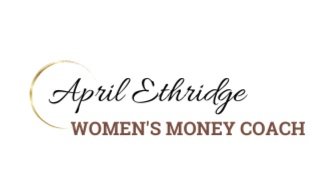How To Make A Money Decision: The Money Boss Framework
People make an average of 226.7 money decisions every day. When you look at, every decision is a money decision. Are you making the right one?
From the very small and daily decisions like opening a window, flipping a light switch and which beverage to drink to the really big ones like public or private school, buy or rent..new car anyone? Some of these add up to a few pennies a day, but as we make these hundreds or thousands of decisions a day, they will add up.
Look, some are going to be super easy. I want the Prada shoes, I want my avocado toast, I don't need a new car right now. We make them and move on; rocking those pumps.
What if we come to a money decision and we just don't know? Below is the Money Boss Framework on making a money decision. If you are an email subscriber, you will get this guide in a PDF format.
How do you make a money decision?
Remember, B.O.S.S.Y. Consider these 5 Factors:
Budget: Do you have enough money right now to make this purchase? If not, what do you have to sacrifice to make it happen? Is there another way to cut expenses or bring in extra cash to cover it?
Origin: Where is the want coming from? Need or Want? Have you been wanting/needing this for a long time or is it a spontaneous desire? Does this purchase line up with your values and your timing in life right now?
Significance: Is it valuable to you? Would your life be different or better with this purchase? How so?
Settling: What will happen if you don't make this purchase? Are you trading a long-term goal for this? Does this purchase align with your values?
whY: Why do you really want this? Is it an emotional or physical need? Is it a short-term fix to an emotional situation?
I have a client who is an emotional shopper. If she has a bad day you will find her with a glass of wine and on 7 different shopping sites. At times like these, she pulls out the B.O.S.S.Y. framework and goes through it. It helps center her and bring some awareness to what she is doing before the shopping carts get full. It is her go-to.
Other clients use this when making decisions on bigger purchases or need a framework to have money discussions with their partners.
Use as needed.

